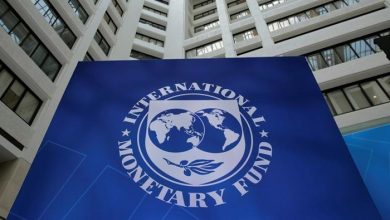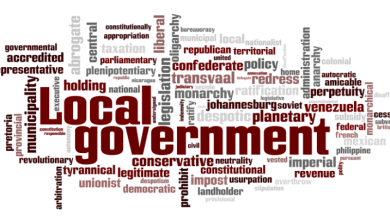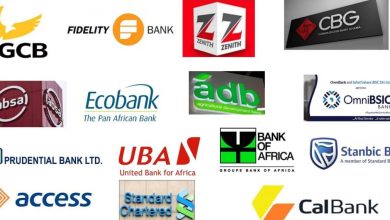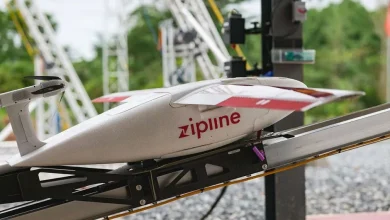World Bank maintains Ghana’s growth projections
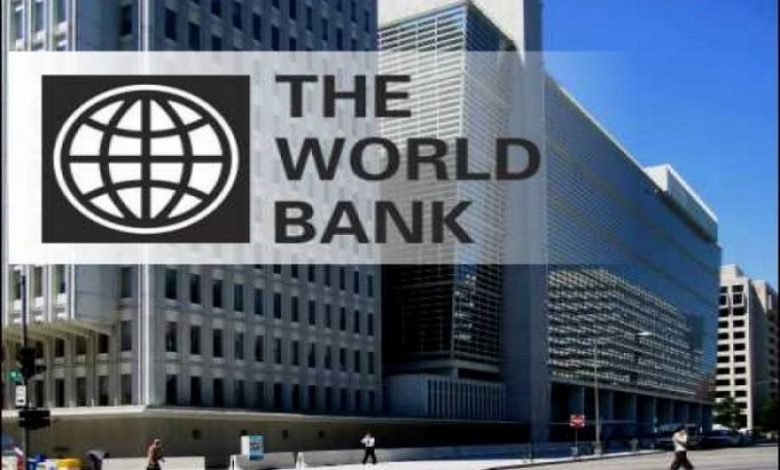
The World Bank has maintained its growth forecast for Ghana at 1.4% this year in its June 2021 Global Economic Prospects Report. The Bank forecast the same growth rate for the country in its January 2021 Report.
Meanwhile, the Bank expects West Africa’s second largest economy to see a marginal growth of 2.4% in 2022 and as well expects the Ghanaian economy to continue its gradual recovery over the medium term with growth projected at 3.6% in 2023.
Despite the devastating effect of the COVID-19 on the Ghanaian economy, the World Bank’s estimates show that Ghana’s economy expanded 1.1% in 2020. This represents a sharp decline from the 6.3% and 6.5% growth rates recorded in 2018 and 2019 respectively.
2020 GDP growth
Contrary to the World Bank’s recent forecast, final GDP figures from the Ghana Statistical Service (GSS) show that the Ghanaian economy grew 0.4% last year.
The positive growth rate wouldn’t have been possible if not for the strong rebound of the economy in the last quarter of 2020. This is because, the economy contracted 3.2% and 1.1% in the second and third quarters of 2020 respectively.
The pace of recovery of the Ghanaian economy has been promising. As a result, the Governor of the Bank of Ghana, Dr. Ernest Addition, said last year that “the economy is recovering faster than expected”. Meanwhile, high frequency economic indicators from the central bank show that Real Composite Index of Economy Activity has expanded 26.8% as of End- March 2021.
The Bank in its 100th Monetary Policy Meetings indicated that the economy is on the right path to recovery. As a result, the Bank reduced the policy rate from 14.5% to 13.5% to stimulate economic activity in the country. If the recent indicators are anything to go by, then hopes are high that the country may meet its 5.0% growth forecast for 2021.
Sub Saharan African (SSA)
Nevertheless, the 1.4% GDP growth rate forecast is lower than the average forecast of 2.8% for the Sub Saharan African (SSA) region. Meanwhile, the World Bank’s forecast is lower than the International Monetary Fund’s forecast of 4.6% for 2021.
Meanwhile, the World Bank expects Botswana to grow by 6.9%, the highest growth forecast for an SSA country in 2021. Other countries that the World Bank expect to experience strong growth in 2021 include Benin (5.0%), Cote d’ Ivoire (5.7%), and Guinea (5.5%).
The World Bank indicated that output in Sub-Saharan Africa contracted by an estimated 2.4% in 2020 as a result of the COVID-19 pandemic. This, according to the Bank, was the region’s first economic contraction in a generation and the deepest recession since the 1960s.
Down risks to SSA outlook
In the recent outlook, the Bank expects SSA to experience a modest growth of 2.8% in 2021. Growth in the region is expected to increase marginally to 3.3% in 2022. The World Bank is optimistic that positive spillovers from strengthening global activity, better international control of COVID-19 will help boost growth in the region. Additionally, strong domestic activity in agricultural commodity exporters is expected to gradually help lift growth.
Nonetheless, the recovery is envisioned to remain fragile, given the legacies of the pandemic and the slow pace of vaccinations in the region. Also, the Bank warned that the outlook is tilted to the downside. Some of the risk factors include lingering procurement and logistical impediments to vaccinations and further increases in food prices. Other risk factors include rising internal tensions and conflicts, and deeper-than-expected long-term damage from the pandemic.

